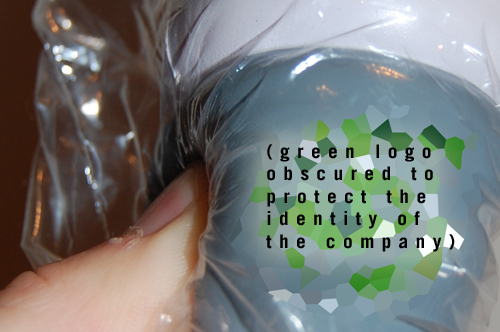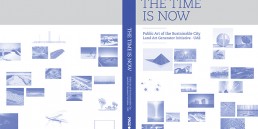At a recent conference we attended a certain well-meaning corporation handed out marketing materials promoting their energy-saving product. This is an extremely laudable effort and the company should be congratulated for producing and marketing a line of products whose adoption will have such a positive effect on the entire world by reducing electricity demand and the associated carbon emissions from electricity generation. That being said, it would be more in keeping with the theme to also take a sustainable approach to the marketing effort of the product.
Unfortunately, in this case, the standard goodie-bags that were handed out at the conference were made of plastic fibers and included 4 glossy and off-gassing publications on non-recycled paper. But what was most disturbing was a polyurethane foam rubber “squeezy” with a “green” logo on one side and a smiley face on the other, individually sheathed in its own open-ended little plastic bag. Certainly these toys will all end up in landfills within a week after distribution. By supporting the manufacturing of these wasteful and toxic throw-away gifts, the marketing is not living up to the mission of the product.

Polyurethane (PU) is mainly used in insulation and soft/foamed products like carpet underlay. It uses several hazardous intermediates and creates numerous hazardous by-products. These include phosgene, isocyanates, toluene, diamines, and the ozone-depleting gases methylene chloride and CFCs, as well as halogenated flame retardants and pigments. The burning of PU releases numerous hazardous chemicals such as isocyanates, carbon dioxide, hydrogen cyanide, PAHs and dioxins. via

